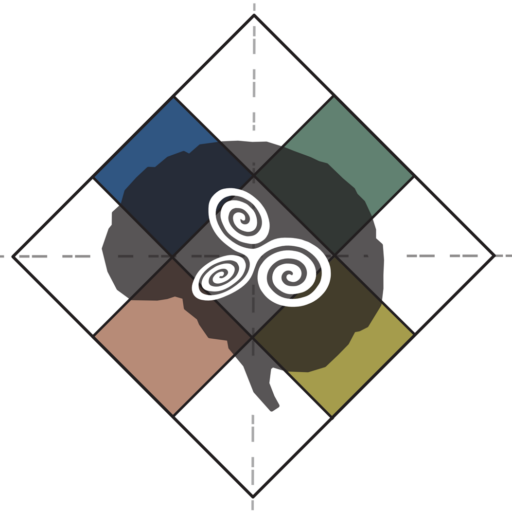About
 Susan Hummel focuses on neuroplasticity in action. Her interests are directed at ways people living with a damaged (or developing) nervous system can benefit from activities that occupy their hands and feet. To learn why, click HERE. Artists, medical professionals, survivors, and teachers wanting information from Susan about neural craft can ask HERE. Readers looking for publications from her earlier career as a forest scientist can click HERE.
Susan Hummel focuses on neuroplasticity in action. Her interests are directed at ways people living with a damaged (or developing) nervous system can benefit from activities that occupy their hands and feet. To learn why, click HERE. Artists, medical professionals, survivors, and teachers wanting information from Susan about neural craft can ask HERE. Readers looking for publications from her earlier career as a forest scientist can click HERE.
Susan’s degrees are from Georgetown University (B.A. 1984), University of Oregon (M.A. 1988), and Oregon State University (Ph.D. 1997). She and her husband make their home near the Columbia River in Washington State (USA). Their adult daughter lives with her family near the Rhine River in Cologne (Germany).